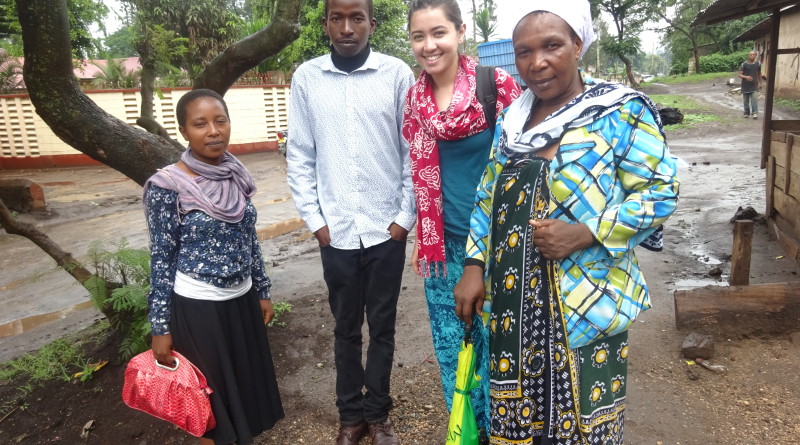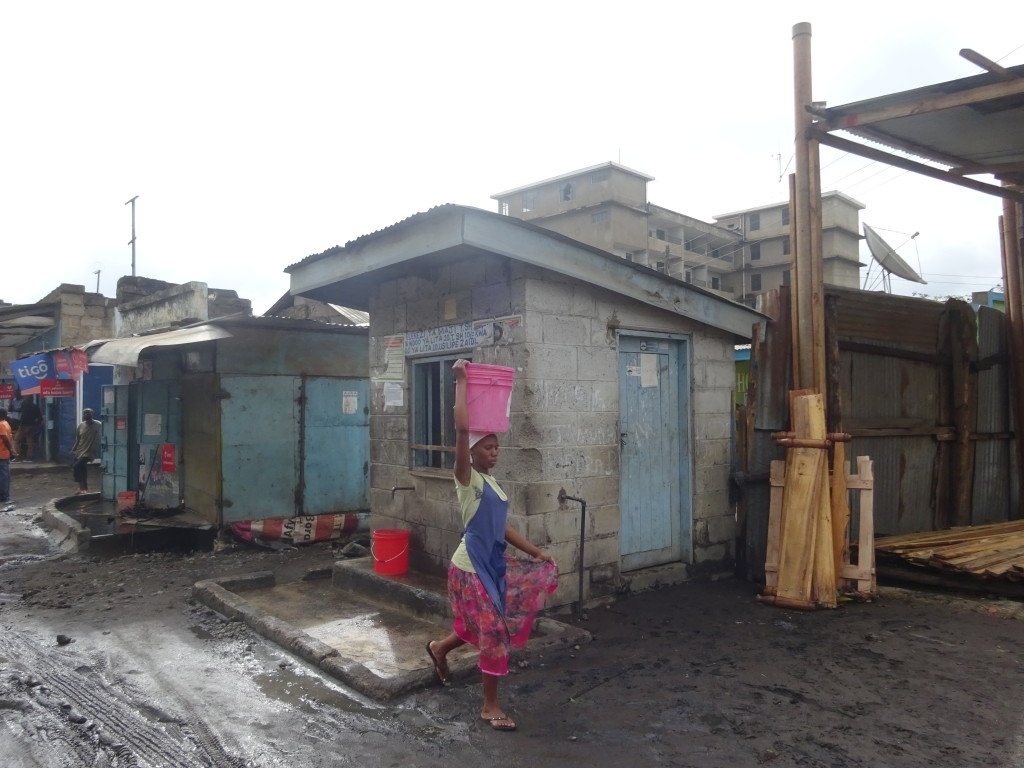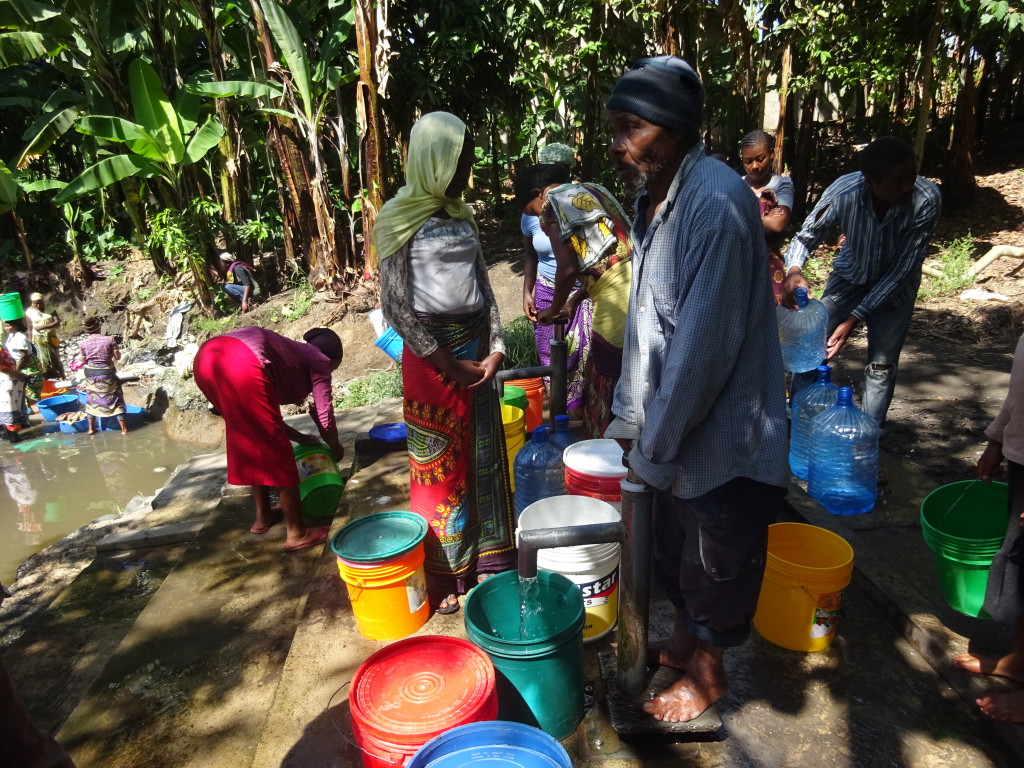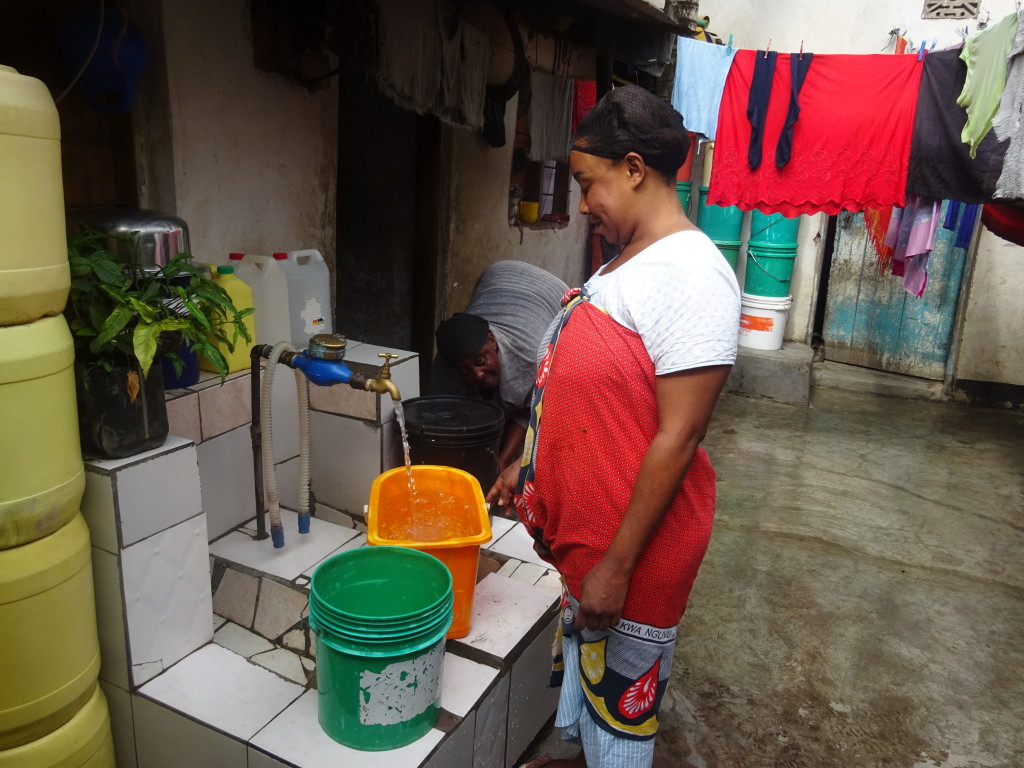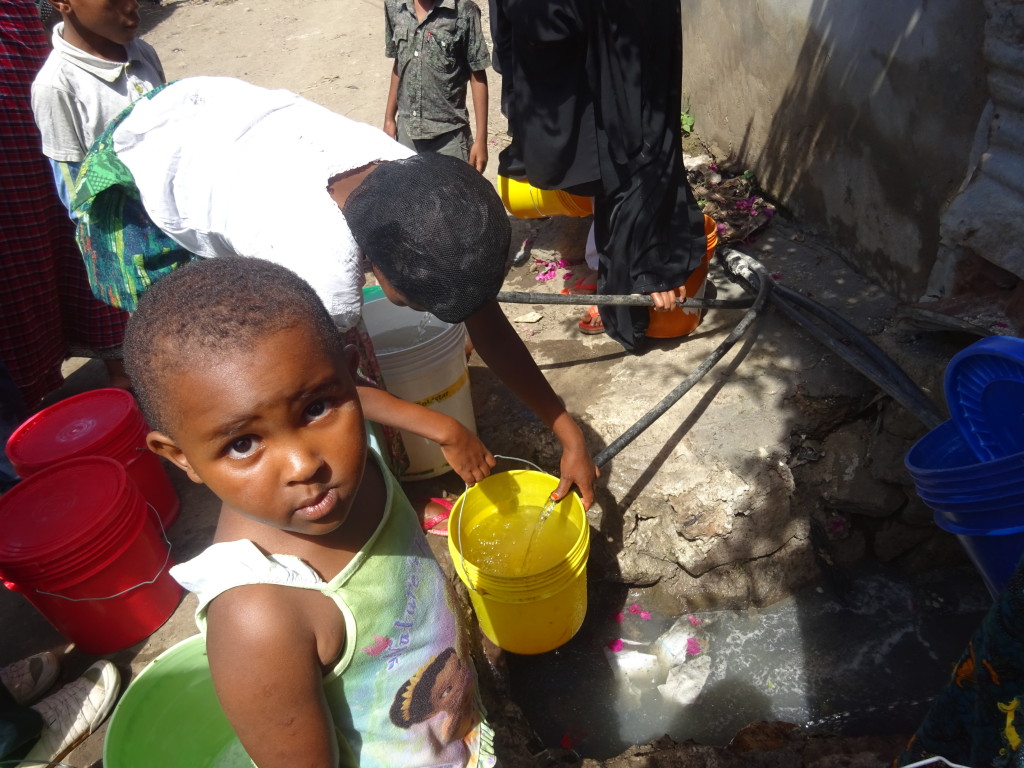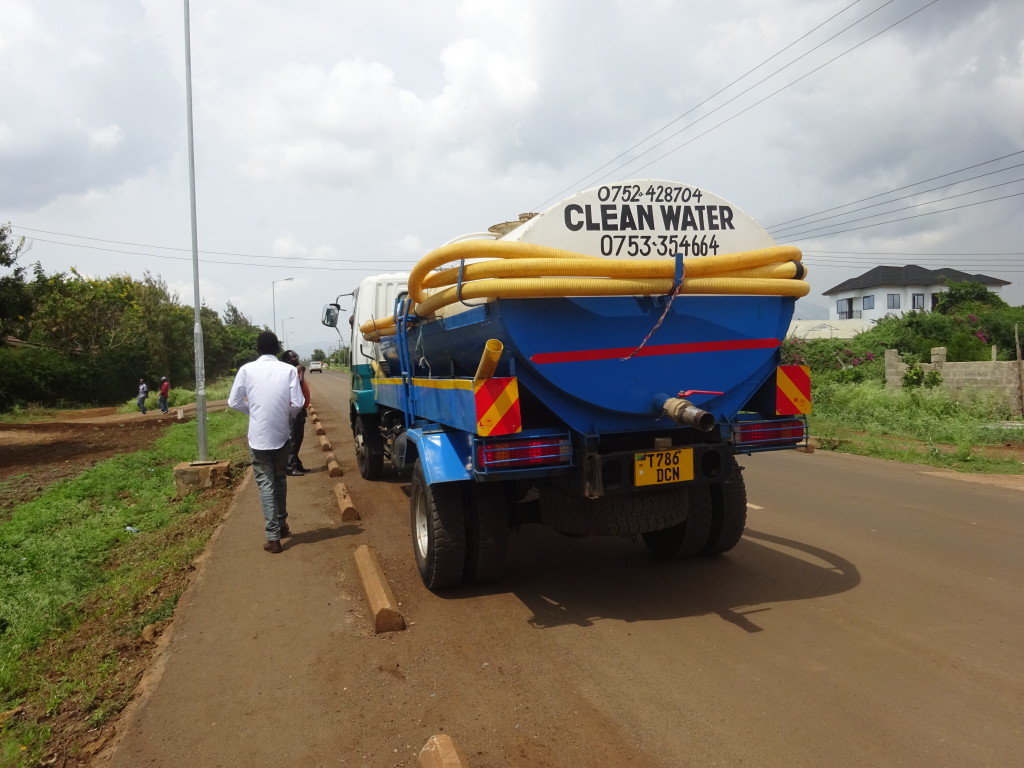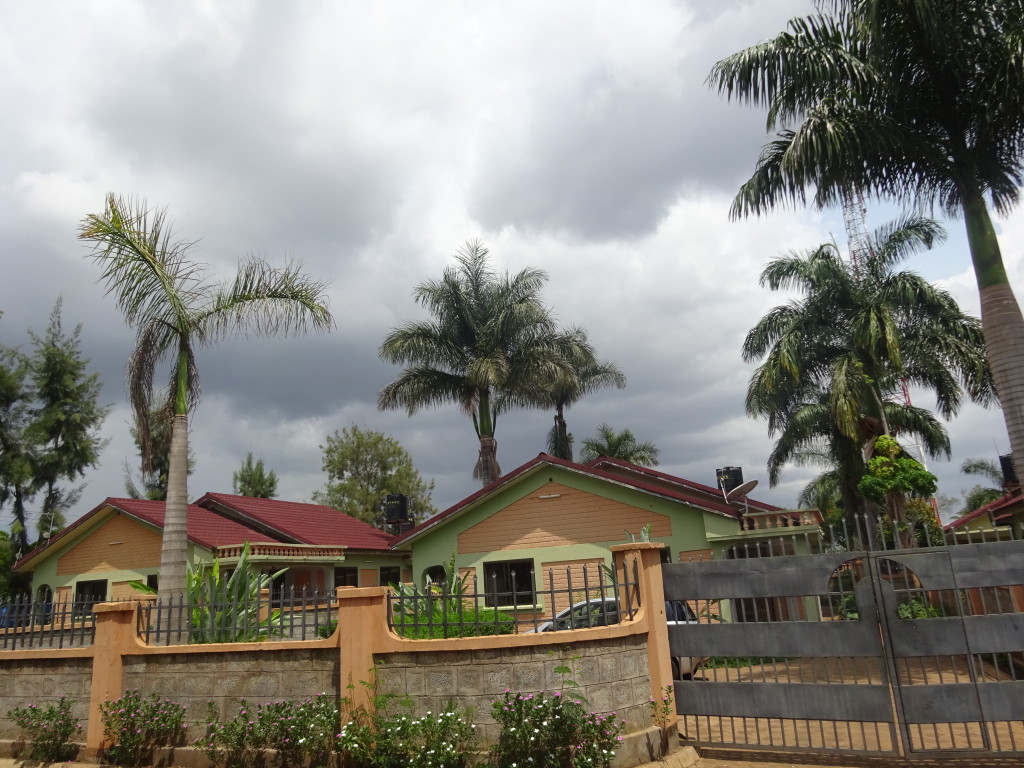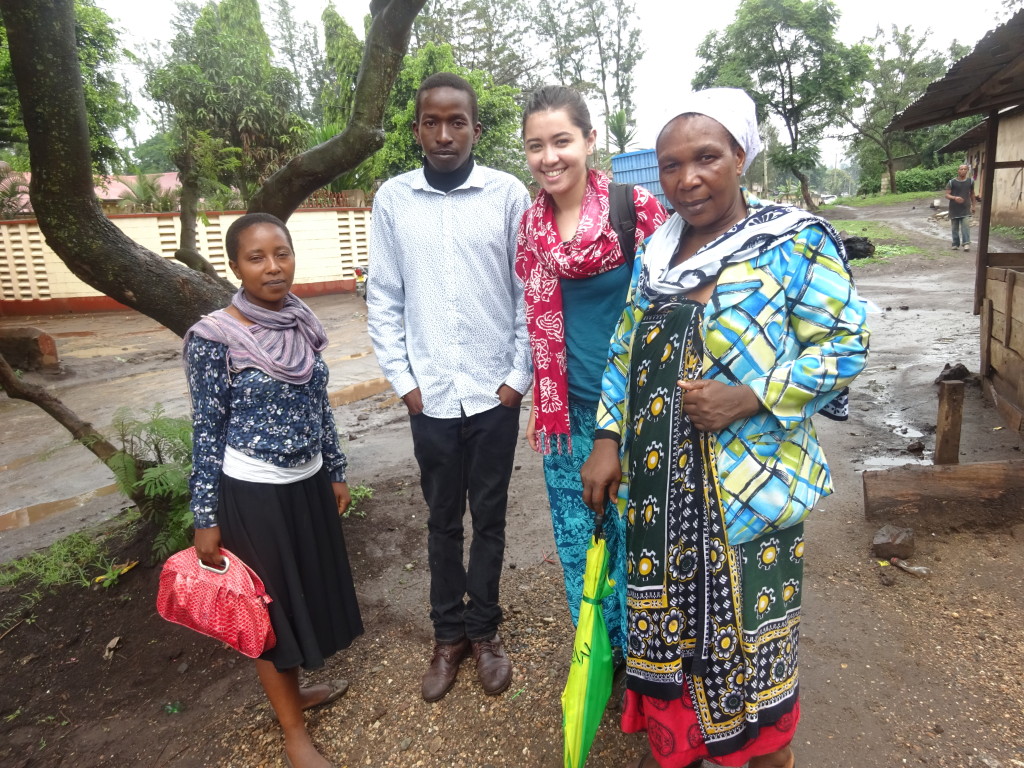Who gets what water in Arusha?
By: Shabana Abbas
Arusha is officially a small city of over 400,000 people (according to official census) but urban authorities believe this to be vastly underestimated and the number could be over 700,000. As part of my research on urban water supply, I visited some of the most unplanned and low-income parts of Arusha city where there is a large population growth, as these low income areas house many recent migrants and offer the most affordable housing, and lowest land prices.
I saw that almost 99% of women & children collect water in buckets from different places in the Ward and carry these on their heads to their homes. This is because most of the households in these areas cannot afford piped water supply from the urban water authority (Arusha Urban Water Supply and Sewerage Authority), or the supply that they do get comes only one time per week. As a result, residents have to buy it either from their neighbors who have a (more secure) piped connection or a borehole, or from the public kiosks. Not only do they have to carry/transport every drop of water that they need for the entire household, but the per unit volume cost of water from these sources is much higher than what households would pay if they had a connection from AUWSA. If residents cannot afford the water, they simply use less, or use water of a poorer quality for drinking (groundwater is typically used for non-potable uses, AUWSA water is used most frequently for drinking and cooking).
From these low income urban settlements, to the elite gated communities of Njiro, I am trying to understand how urban water supply works differently – or is made to work differently – in between areas of the city. Surprisingly, the residents in elite settlements like Njiro also have poor piped water supply. However, they can afford to drill their own boreholes (legally or illegally), have the means to buy water tankers (from AUWSA) and bottled water to meet their drinking water needs. In fact, there are very few people who have piped water connections in these higher income areas, as these are newly developed areas and AUWSA has very limited infrastructure network present there. This means that access to piped water is not a straightforward indication of privilege, as exists in many other cities of the global South. However – what is clear is that residents in some areas of the city can afford groundwater and bottled water alternatives to meet their needs, while others cannot.
The situation in these contrasting parts of the city makes me wonder who is actually getting what water in the city, since the rich and poor both have a very unreliable piped network water supply? Who are the priority customers for AUWSA, and to whom is water delivered most reliably? Is it the commercial and industrial users, who pay a higher tariff price, who are sometimes located very close to the source of water production, and so probably get a better service? I am curious to find answer to my question. I also wonder what the priority areas are for AUWSA’s planned future developments: they aim to increase their service coverage from 44% to 100% over the next four years through an African Development Bank project. How will this change who gets what water in the future?
A woman carrying water to her house from a public kiosk.
People waiting to fill their buckets from a public borehole
People in low-income areas who cannot afford piped water collect water from their neighbors
A woman fetching water from a standpipe.
A private water tanker in an affluent part of the city
A housing complex in an elite area of Arusha with central borehole water supply and 5000 litres storage tanks for each house
My field team in Moshono Ward (From left to right): Secretary Moshono Ward, my translator, myself and Street Ambassador (Balozi)

